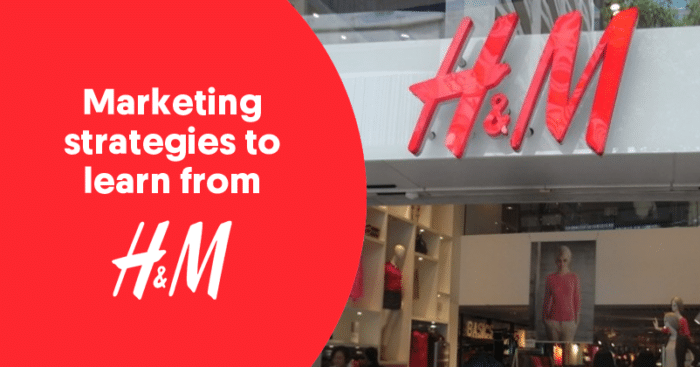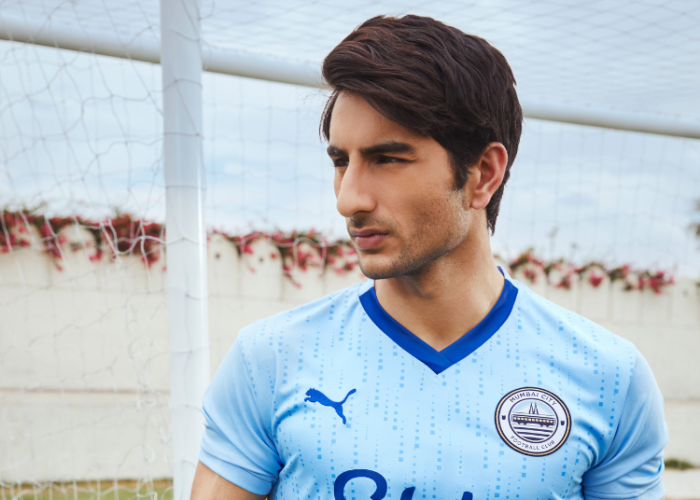With an offline presence of 5,000 stores in 74 countries and online availability in 33 countries, H&M has emerged as one of the most preferred fashion brands worldwide. Founder Erling Persson, in 1947, started this brand in Sweden, essentially providing women’s fashion, but later, the company started subsidiary brands like Monki, Cheap Monday, Weekday, COS, and & Other Stories under the main brand- H&M. Steadily, the brand climbed up and is now the second-largest clothing retailer brand all across the world.
Let’s take a look at the marketing strategies adopted by H&M.
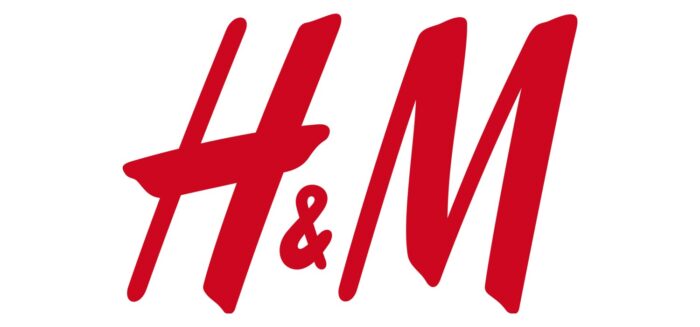
1. Product strategy
H&M’s product strategy is well thought out. Importance is given to quality and fashion according to trends. It has a well-structured product line. Known for fast-fashion clothing stores, the brand never misses a deadline for introducing new product lines.
There is something for everyone, and the brand has something new to offer every time you step in, and that too at a cost-effective price. Before a season’s release, they make sure to create enough curiosity and buzz. Collaborations have proved highly effective for the brand in marketing their products; for example, their collaboration with Sabyasachi titled Sabyasachi*H&M had some amazing designs to offer.
2. Pricing
In comparison with its competitors, GAP and Zara, H&M offers quality fashion at better prices. This is because of their lower transportation costs. One can find fashion for as little as Rs 400 to as much as Rs 7999.
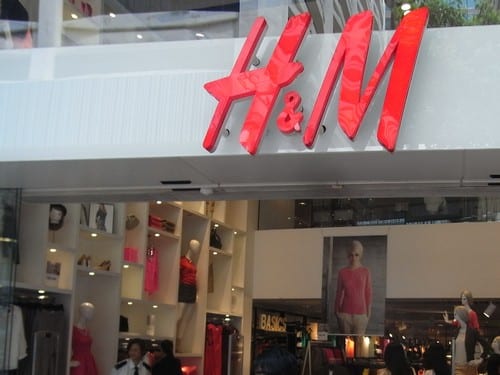
3. Promotional activities
With a wide product portfolio, the brand uses multiple promotional strategies to cater to its target audience. Television advertisements at regular intervals help with brand recall. Using social media marketing and broadcasting latest campaigns on their official YouTube channels help H&M stay in the limelight. Often, promotions and discounts are announced that help garner additional sales.
4. Distribution
The clothes are made in countries where labor is cheaply available. After manufacturing, the clothes are transported to warehouses, where they are distributed to different stores. H&M products are offered through online stores, which are delivered to customers’ addresses. Offline, the brand sells through its exclusive stores around the world. In a few countries, due to regulations, H&M offers its products by franchising with partners.
5. Work culture
With employees coming from diverse backgrounds, the work culture is modern and effective. Employees are well-trained at every level.
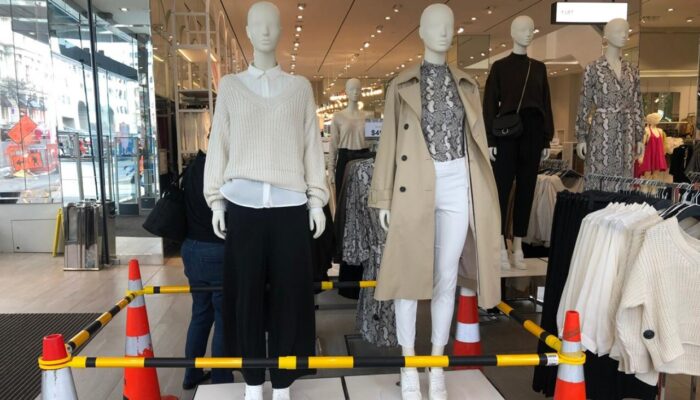
6. Process management
Utmost importance is given to offering services in a better way. Employees are trained to retain customers. They also use Artificial Intelligence to cater to customers and enhance business.
7. Physical presence of H&M stores
The stores of the brand are done up aesthetically. The ambience is youthful, with employees being humble towards customers. The fashion is arranged decently and the stores showcase a variety of accessories and clothes in all ranges.
Running a brand requires a proper blend of a number of factors. And H&M does it successfully. Lately, with tough competition and a rise in fashion startups along with a sustainable fashion-making foray, what H&M does, remains to be seen.
Also Read: Strategies That Make Zara The Most Famous Fashion Company In The World





